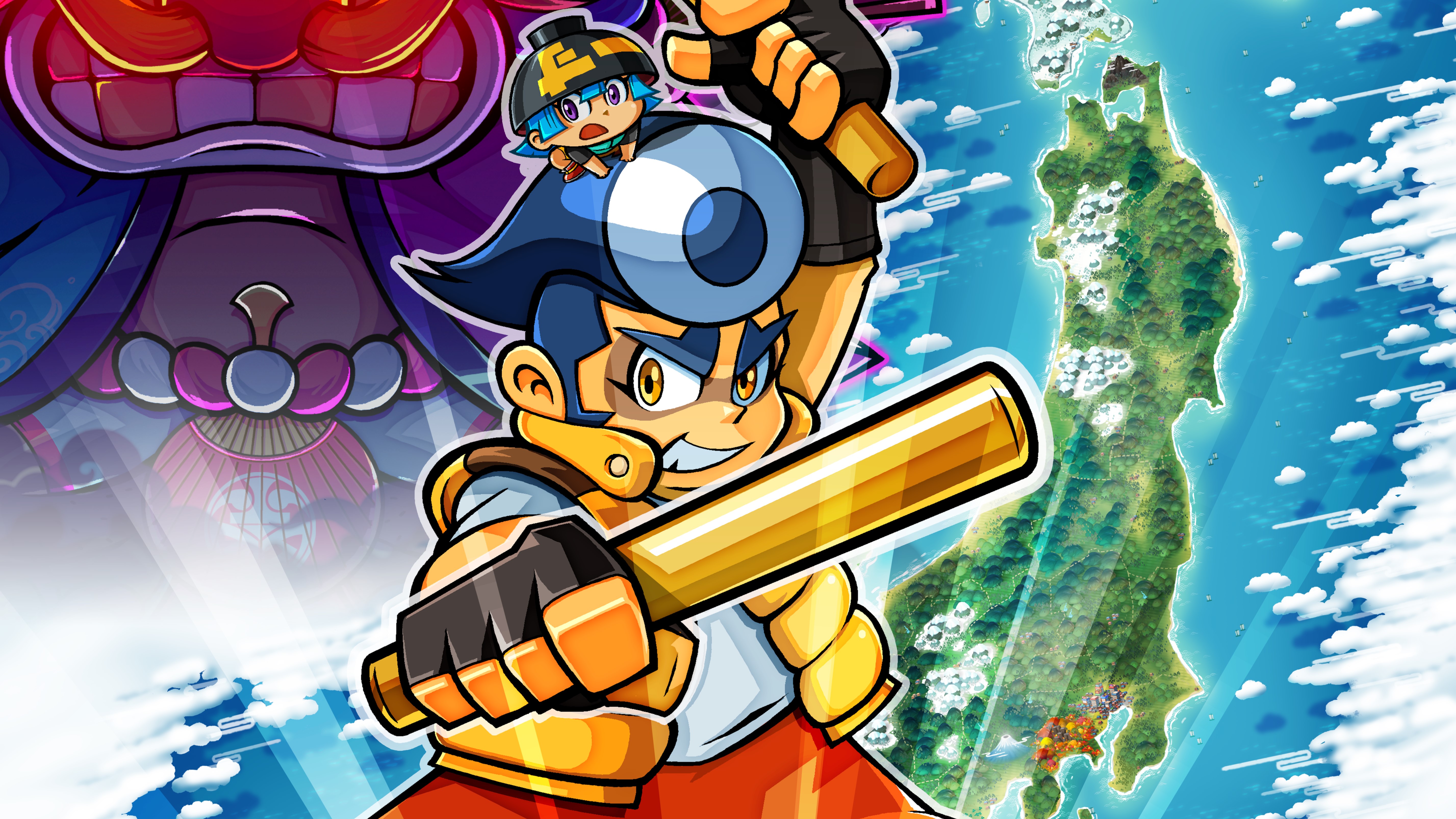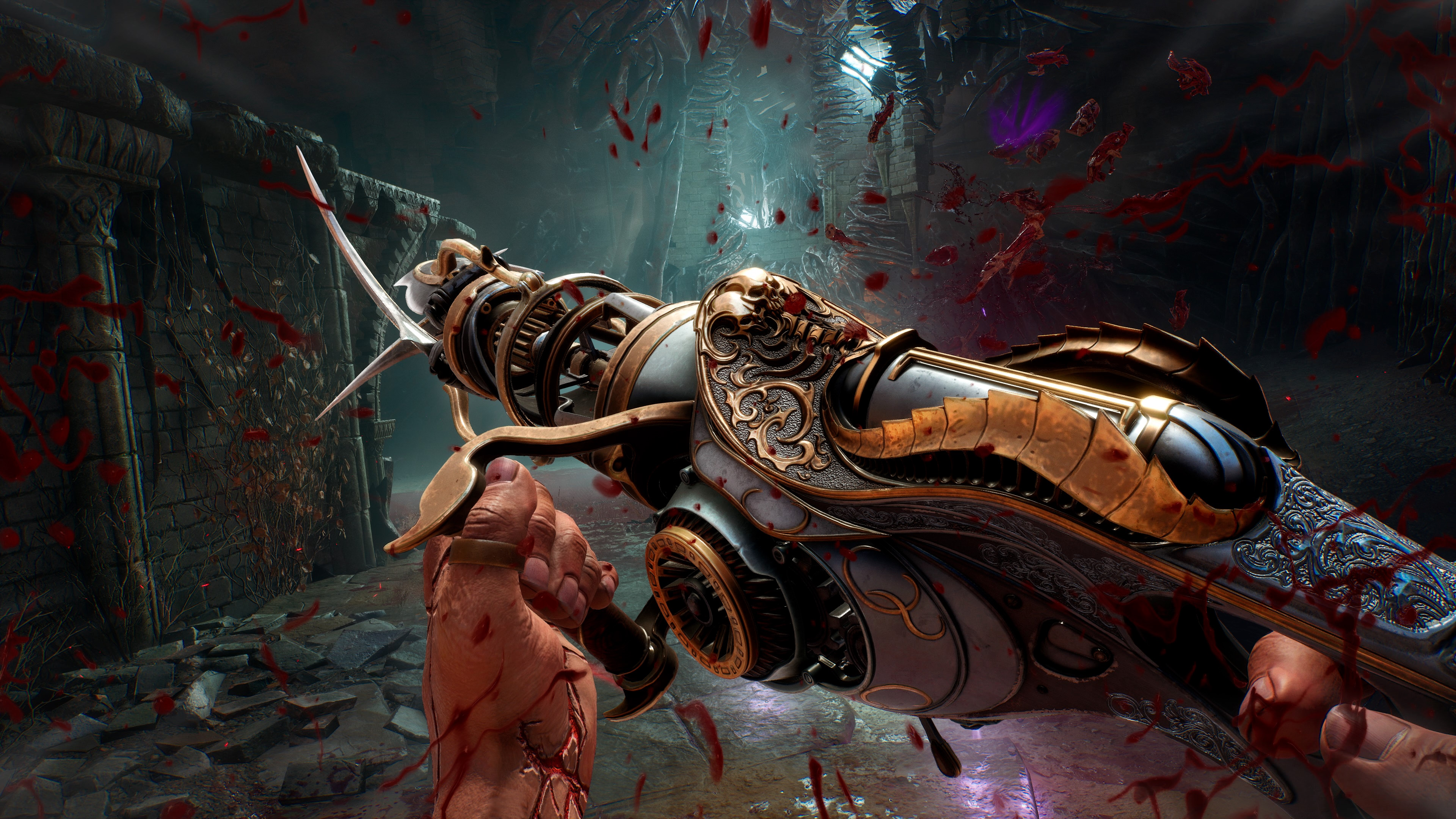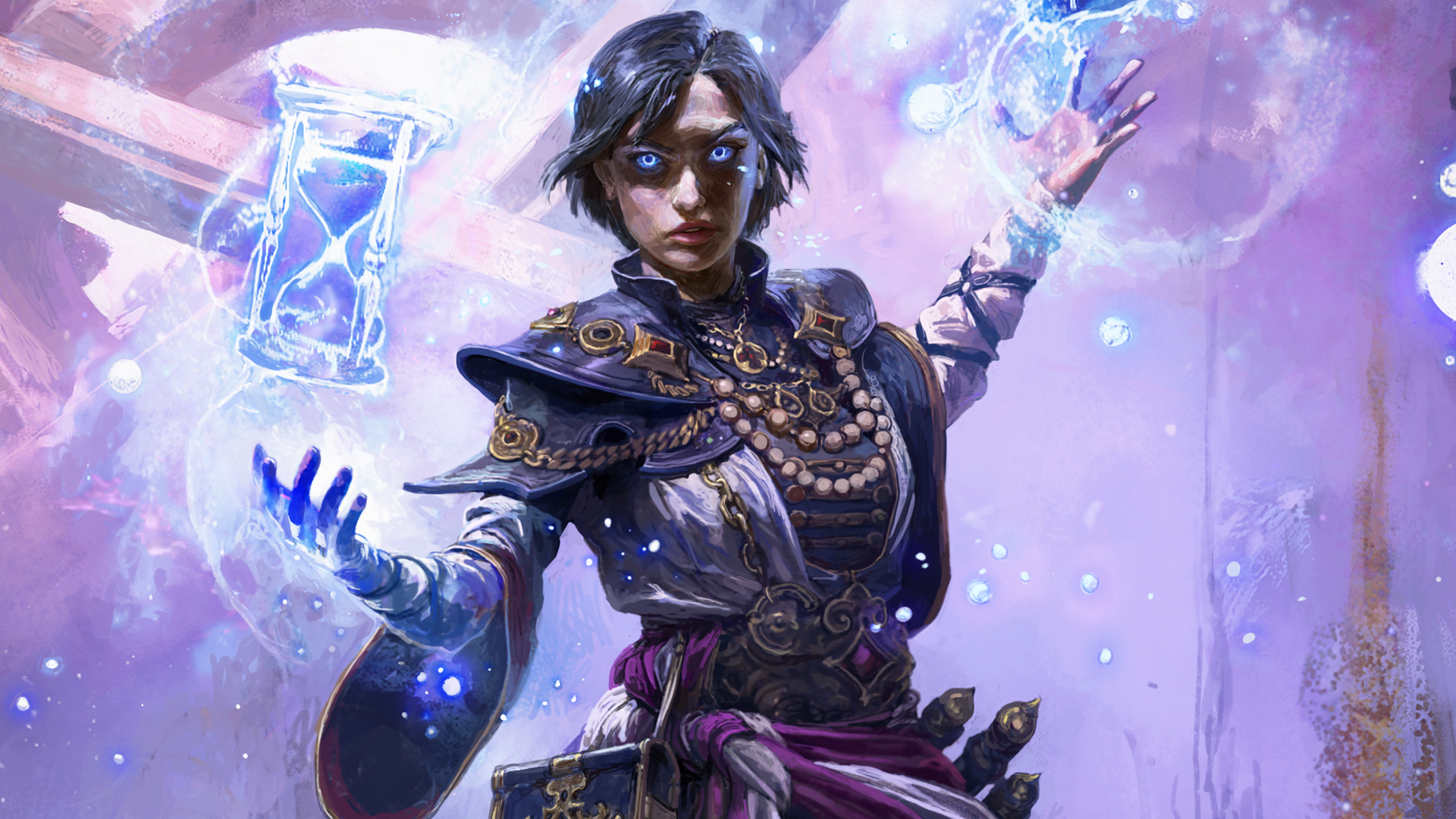
Freed from both the Switch and regional exclusivity.
The foremost collectible in Bakeru isn’t an item you can stow away or display anywhere—it’s trivia. A little sprite in a puffer jacket named Scoop is tucked behind crates and in tiny caves; every time I found him, he gave me a “nugget of wisdom,” usually centered around Japanese history and food. It was through Scoop that I learned that the first underwater mailbox is located in Wakayama, the process to make bonito flakes, and that persimmons are best enjoyed in moderation.
Bakeru’s affection for Japanese folklore and culture is proudly worn on its sleeve, face, and just about everywhere else. Each of Japan’s 47 prefectures gets its own level as the titular tanuki goes around cleansing evil spirits, and the game designates itself on the Steam page as “Japan-esque wild action,” which I think is just about accurate. You explore levels in search of collectibles and paper lanterns, bashing enemies over the head with your sacred tanuki drum, and using the game’s four Henge transformations to access different areas and give you the edge in fights.
Notably, though, Bakeru is a clear throwback to the good old days of Konami’s Ganbare Goemon series. These games aren’t always given the props they’re owed as pillars of the N64 and SNES libraries due to their meager traction in the west (which makes sense, as only a few of them made it out of Japan), but fan translations, emulation, and now natively recompiled “ports” have helped these games continue to reach new players and gain a following among PC players in Japan and out. Bakeru itself is arriving in the west a year after it initially launched on the Switch, exclusively in Japan.
Bakeru’s particular poison is a cocktail of Goemon’s 3D action-adventures like Mystical Ninja Starring Goemon for the Nintendo 64, and it embodies the Old Ways effortlessly. The plucky, blue-pompadour’d protagonist, the secret-stuffed explorable levels, the grab bag of oddball minigames—it eagerly picks up where Goemon left off, which is no surprise. Developer GoodFeel was founded by Etsunobu Ebisu and several of his cohorts from Konami, who worked on Goemon for years. Since then GoodFeel has developed various Nintendo exclusives like Kirby’s Epic Yarn, Princess Peach Showtime, and Yoshi’s Woolly World, and there’s echoes of those games in Bakeru too; for better and for worse.
(Image credit: Spike Chunsoft)
(Image credit: Spike Chunsoft)
(Image credit: Spike Chunsoft)
The strongest point in Bakeru’s favor is the feel of everything. The game is so glossy, everything from movement to combat blows anything on the Nintendo 64 out of the water. Little details go a long way—piles of fallen leaves typically fly apart to reveal coins when you run through them, but using the Henge transformation that miniaturizes you, you simply rustle through them. You can jump out of a dodge for a satisfying burst of momentum, and there’s even a nimble slide flip like Super Mario 64’s, easily performed with a flick of the left stick. These things were never necessary to get through a level, but their inclusion made every level clear feel slick and responsive.
Same with the minigames, which offer go-kart racing in a robot dog’s head, jet skiing in a robot dog’s head, and even air-to-air combat in a flying robot dog’s head. It’s a freeing, pleasant, unchallenging sort of game that never felt inclined to harsh my mellow.
In fact Bakeru is so averse to friction that it began to fall flat for me.
While Mystical Ninja didn’t have the tight platforming of Mario 64 or Banjo-Kazooie, it did have a rich, explorable world, however surreal and relatively small it may have been. Its multiple playable characters had different capabilities and playstyles. Bakeru’s roughly analogous Henge transformations are comparatively dull and nonessential, and I frequently forgot they were a part of my moveset. And while the game’s levels are colorful and varied, they aren’t convincing as a connected explorable world. There’s rarely anyone to talk to, never a question of where to go next, no downtime to speak of; it’s all just a linear trawl through course-clear platforming stages. Many of Bakeru’s “secrets” are barely out of view, hidden behind crates or just out in the open. And that would be fine—Bakeru doesn’t have to be one-to-one with its inspirations—but as a straight-up platformer, it’s woefully mundane and far too easy.
Frequently the game introduced a challenge only to trivialize it moments later. For instance, while the first few enemy types just dawdle about and gesturally swing at you, eventually there’s a fencer-type enemy who you need to dodge and counterattack. Mere minutes after this enemy debuted I obtained a transformation which gave me steel gauntlets and dual axes, as well as the ability to spin into an insta-kill tornado; suffice it to say, the fencers never gave me any trouble.
(Image credit: Spike Chunsoft)
(Image credit: Spike Chunsoft)
(Image credit: Spike Chunsoft)
(Image credit: Spike Chunsoft)
The game’s item shop shows up every dozen minutes or so insisting on giving me free revives, extra hit points, and get-out-of-jail-free cards of every stripe. I felt it needed some options to heat things up rather than cool them down even further, and while the levels do open up and become more extravagant over the course of the game, they still don’t immerse as much as they amuse.
To be fair, Bakeru is clearly an all-ages experience, and I can see it being great for young children or anyone looking for a non-threatening bit of platforming. But for how long it’s been since the last game with this precise blend of influences, I admit I hoped for something richer. Regardless, though, I’m happy to see Bakeru set free of its region- and console-locked exclusivity, and I hope GoodFeel expands on the vibrant foundation they’ve laid here. I could really do with some more persimmon facts.






